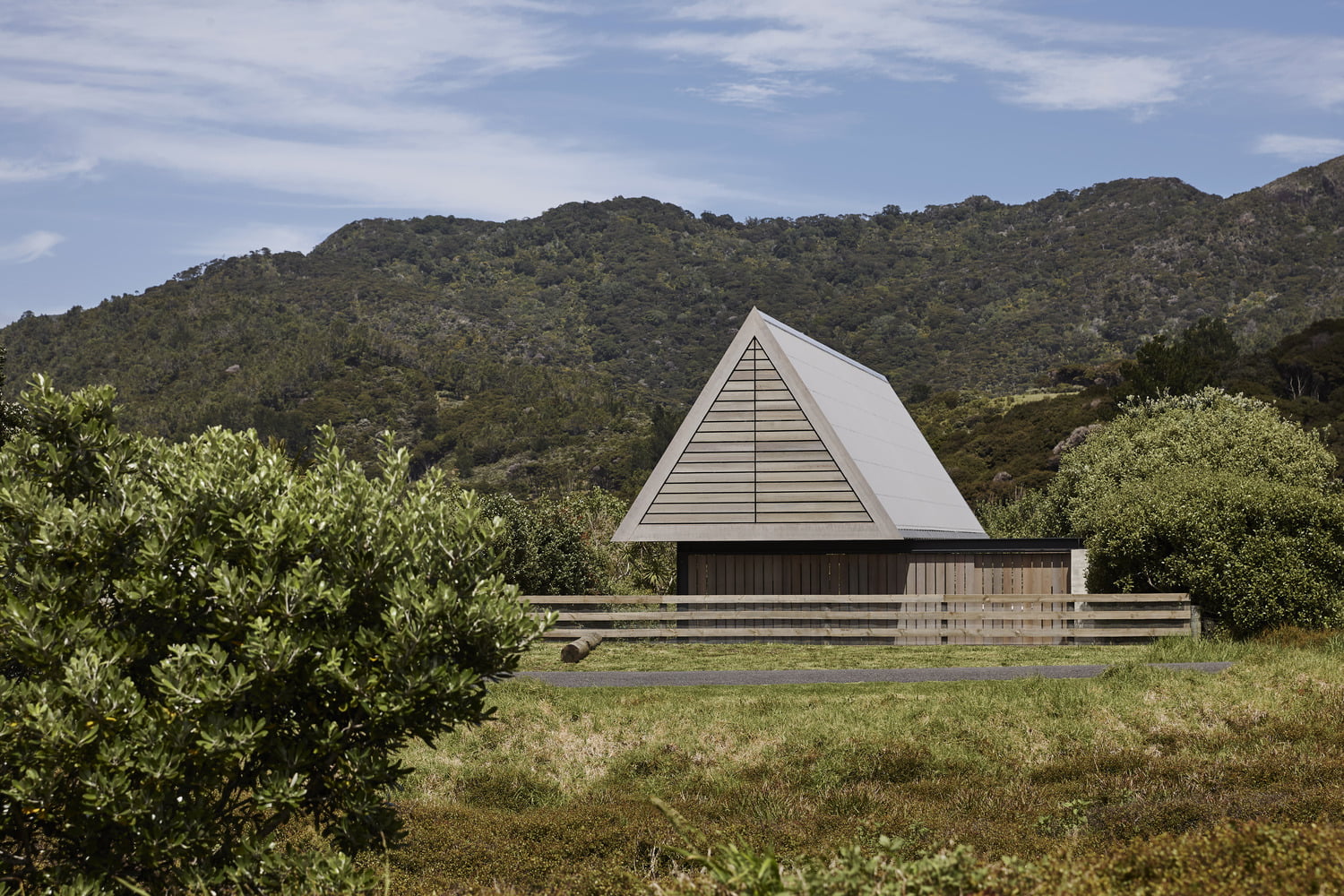Cities are inseparable from fast-paced lifestyles. Rising rents and “not-that-small” apartments characterize urban environments, perpetuating the chase for “bigger, faster, and more”. As economies develop and human needs grow, buildings are erected at alarming rates to rush toward progress. The risks of urban living are gradually being exposed, raising questions about more intentionally-driven actions. One way to return to slower lifestyles is by returning to slow architecture.
Speed in the Construction Industry
In the 21st century, design and construction processes are accelerating to keep up with innovation and technology in other domains. Mass production, globalization, and the need for growth come at the cost of well-being, productivity, and quality of life. Standardization and pre-fabrication in construction have led to shorter project timelines along with a detached understanding of the context. Machine-led processes leave buildings devoid of human character and influence. With speed comes compromise at the cost of our environment, health, and culture. By crafting spaces for slowness to host various lifestyles, architectural design can promote a reconnection to the present moment.
The Slow Movement
As a counter-culture to the flourishing age of information, the slow movement grew out of a need for a slower speed of life. The movement supports action done at a deliberate – not slow – pace, driven by thought and understanding. It began with the “slow food” movement that erupted from protests against fast-food chains in Europe. The ideology then spread to various aspects of culture and life such as education, fashion, cinema, medicine, travel, cities, and architecture.
Slow Architecture


Slow architecture can be understood as spaces that promote slow living, or spaces that are crafted intentionally with time. The alternative practice is closely linked with environmental sustainability and encourages building with nature for lasting structures. The design process takes careful consideration of the needs of the client, the occupants, and the ecosystem the building sits in. Slow architecture urges the architect and its occupants to think long-term by engaging in the construction process organically to produce thoughtful, responsible, and meaningful designs.
Stemming from the philosophy of its parent movement “slow food”, slow architecture celebrates the use of local and sustainably used ingredients. Durable structures made of contextually relevant materials and local traditions are designed to blend and age with the topography of the site. The history of the site and the culture of its local community play a crucial role in promoting a sense of authentic regionality in the process of slow architecture.
Practicing Slow Design
Carolyn F. Strauss of Slow Research Lab along with design facilitator Alastair Fuad-Luke postulated six principles of slow design to inspire designers to approach their work more intentionally. The principles were a response to the duo’s identified need for strategies that account for social, cultural, and environmental sustainability in design. They include: reveal, expand, reflect, engage, participate, and evolve.
Czech Republic-based architecture studio Kogaa practices slow architecture and sustainability in close conjunction. By reusing materials and entire building structures, the studio engages in dialogue surrounding slow design, aging buildings, and demolitions. In their projects – especially adaptive reuse initiatives – “slow development” is carried out with the community, designing for and gradually iterating on their demands. Compared to regular development processes, Kogaa’s slow practice accounts for changing understandings of the project by the occupants and the neighborhood, where the design intent is allowed to evolve.
Local craft methodologies and materials comprise the architects at Manea Kella’s take on slow architecture. The British studio finds simplicity and sustainability in their designs by employing native architectural techniques and incorporating aspects of the buildings’ locational context. A careful investigation of historical and vernacular precedents informs Manea Kella’s design outcome to create culturally relevant and long-lasting architecture.
Indian architect Anupama Kundoo engages in learning and experimentation with local labor to understand the geographical and cultural context of a site. Through conscientious collaboration with the region’s artisans and masons, her designs are guided by their intuitive intelligence of material and technique. Handcrafted work allows for a closer relationship with the design and construction process. This approach allows for the creation of timeless and crafted architecture that echoes its environment.
Slow Architects
Slow architecture calls for a re-evaluation of architectural practices. How can the need for rapid growth be met in a methodical and intentional way? How can physical space reflect qualities of slow living through its creation? The ideology supports an evolving dialogue on new values, qualities, and practices of design. The approach will pave way for a sustainable and slow future.
Source: Archdaily














